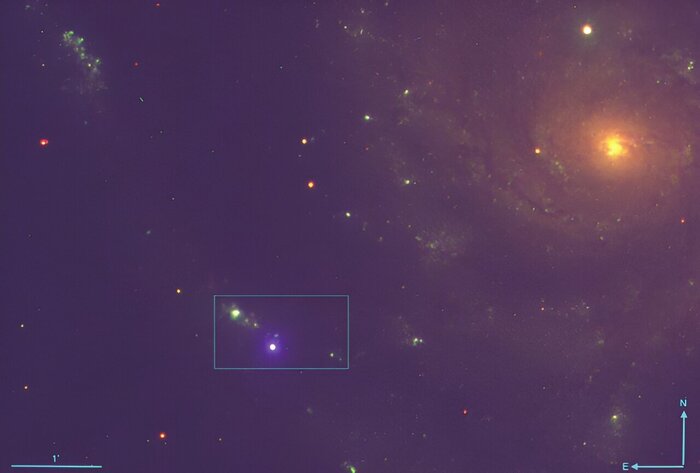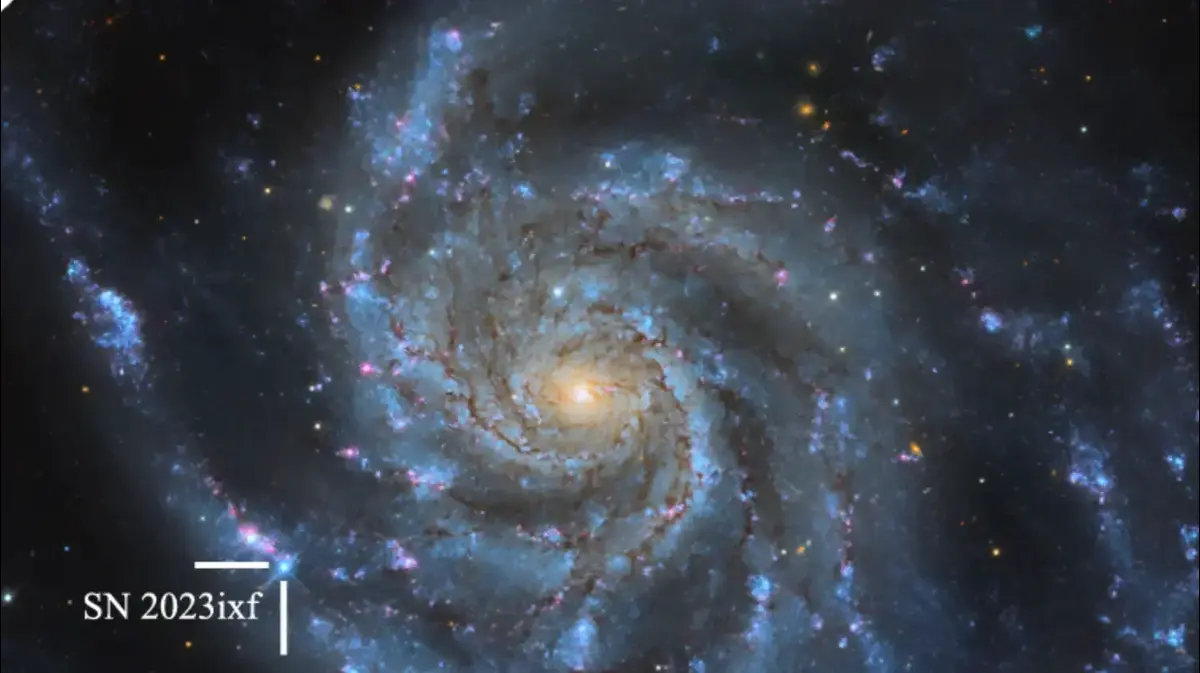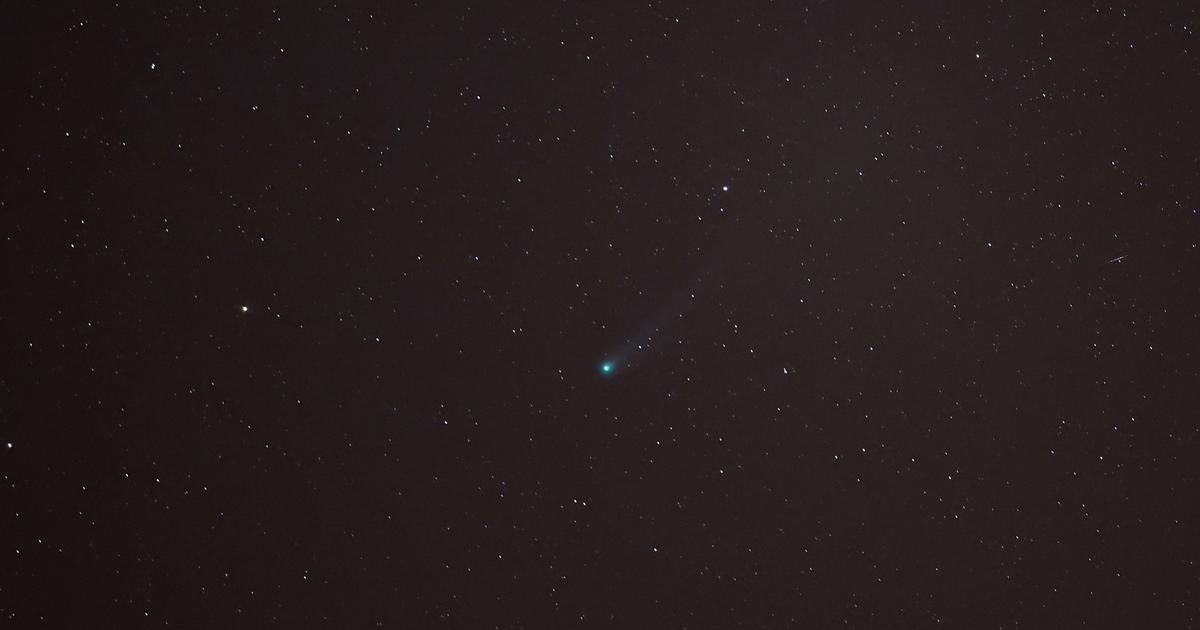A comet, a starry night and more.
What to see in the January sky, according to NASA 1:37
(CNN) --
Astronomers may have solved the mystery behind an unusually bright star.
Anastasios Tzanidakis, a PhD student at the University of Washington, and Research Assistant Professor of Astronomy James Davenport were looking for "strange behaving stars" when they received an alert about a possible stellar oddity from the Gaia spacecraft. .
The space observatory, launched by the European Space Agency in 2013, is on a mission to create the most accurate 3D map of the Milky Way to date.
The astronomers zeroed in on Gaia17bpp, a star that had gradually increased in luminosity over a period of 2.5 years.
The results of their research and analysis of the star, shared Tuesday at the 241st meeting of the American Astronomical Society, in Seattle, revealed that the star itself did not change.
Instead, the star has a strange companion responsible for what researchers estimate to be a "seven-year photobomb."
"We believe this star is part of an exceptionally rare type of binary system, between a larger, bloated star, Gaia17bpp, and a small companion star that is surrounded by an expanding disk of dusty material," Tzanidakis said in a statement.
advertising
NASA gets an unusually close look at a black hole eating a star
“Based on our analysis, these two stars orbit each other for an exceptionally long period of time, up to 1,000 years.
So to catch this bright star being outshone by its dusty companion is a once-in-a-lifetime opportunity."
The Gaia spacecraft began observing the star in 2014. The researchers pooled all Gaia observations of the star and tracked other observations of Gaia17bpp that were taken by the Pan-STARRS1 telescope in Hawaii, the WISE/NEOWISE mission of the NASA, and the Zwicky Transitional Facility in California, dating back to 2010.
The star Gaia17bpp, circled in red, was captured in this image from the Pan-STARRS1 telescope.
(Credit: Anastasios Tzanidakis/Pan-STARRS1/DSS)
By comparing the images of Gaia17bpp, the researchers determined that the star's brightness dimmed by 4.5 orders of magnitude, or 45,000 times.
It stayed that way for 7 years, from 2012 to 2019.
Astronomers observed the star at the end of an eclipse that lasted for years.
No other star located near Gaia17bpp has exhibited a dimming of this magnitude.
The team also searched a digital catalog of astrophotographic plates at Harvard University, dating back to the 1950s.
"During 66 years of observational history, we found no other signs of significant dimming in this star," Tzanidakis said.
NASA publishes new images of the collision of the DART mission spacecraft with asteroid Dimorphos
So what happened to Gaia17bpp?
"Based on currently available data, this star appears to have a slow-moving companion that is surrounded by a large disk of material," Tzanidakis said.
"If that material were in the solar system, it would extend from the Sun to Earth's orbit, or beyond."
Although Gaia17bpp is unique in having such a long eclipse, it is not the only binary star system to display dimming behavior.
Astronomers are also intrigued by Epsilon Aurigae, a star that experiences an eclipse for two out of every 27 years from a large companion, but the companion's actual identity remains a mystery.
The giant star Betelgeuse also attracted astronomers' attention when it dimmed dramatically in late 2019, prompting speculation that it was going to explode in a supernova.
Instead, the star had a dusty tantrum.
For Gaia17bpp, the dust-producing stellar companion could be a small dead star called a white dwarf, but they aren't quite sure what might be contributing to the debris disk around it.
Whatever the identity of its companion, Gaia17bpp and her mysterious cosmic companion are so far apart that another eclipse is centuries away.
“This was a serendipitous discovery,” Tzanidakis said.
“If we had been away for a few years, we would have missed it.
It also indicates that these types of binaries could be much more common.
If so, we must come up with theories about how this type of pairing came to be.
It's definitely a rarity, but it could be a lot more common than anyone has appreciated."
ScienceScience and Space








